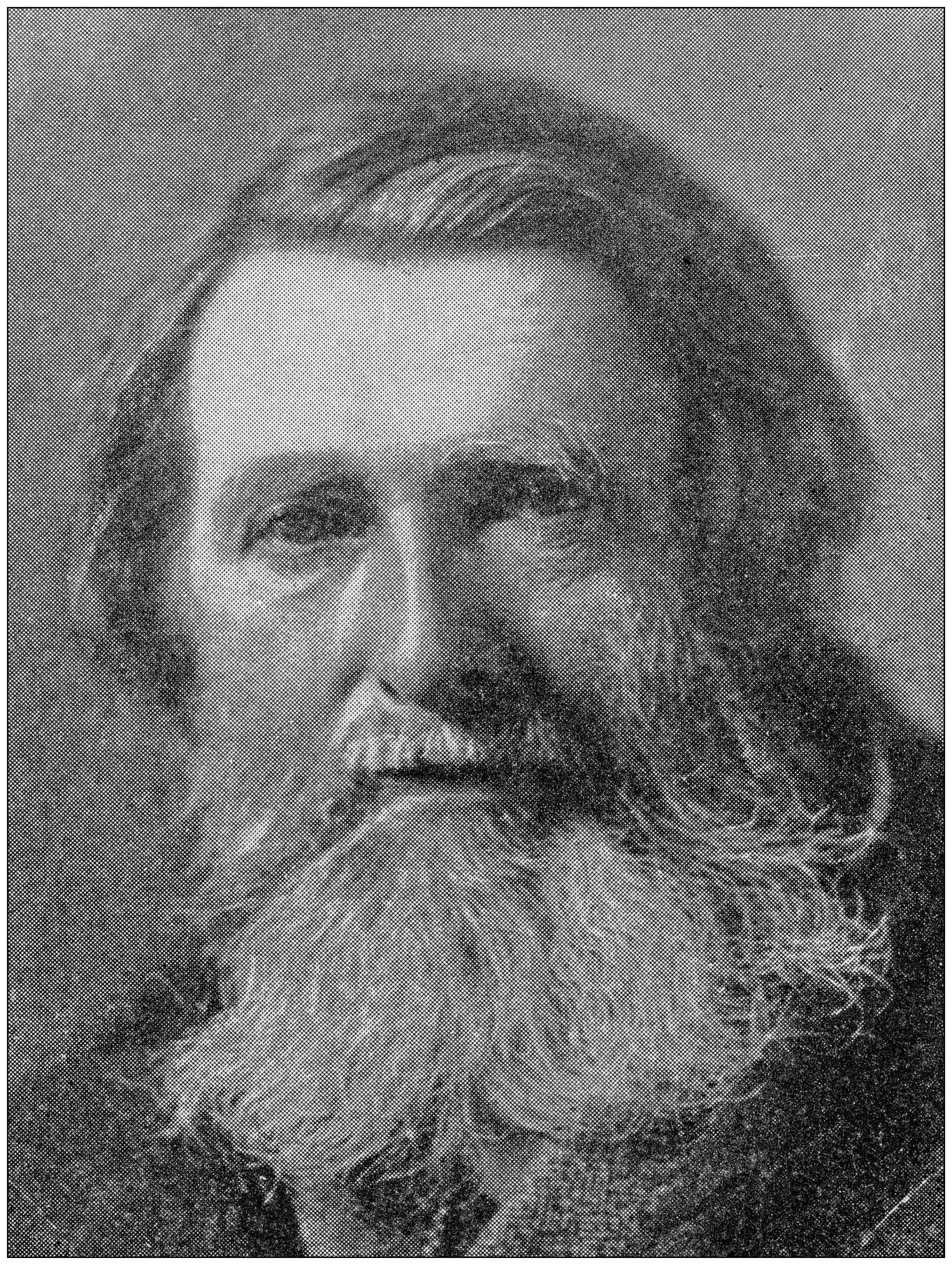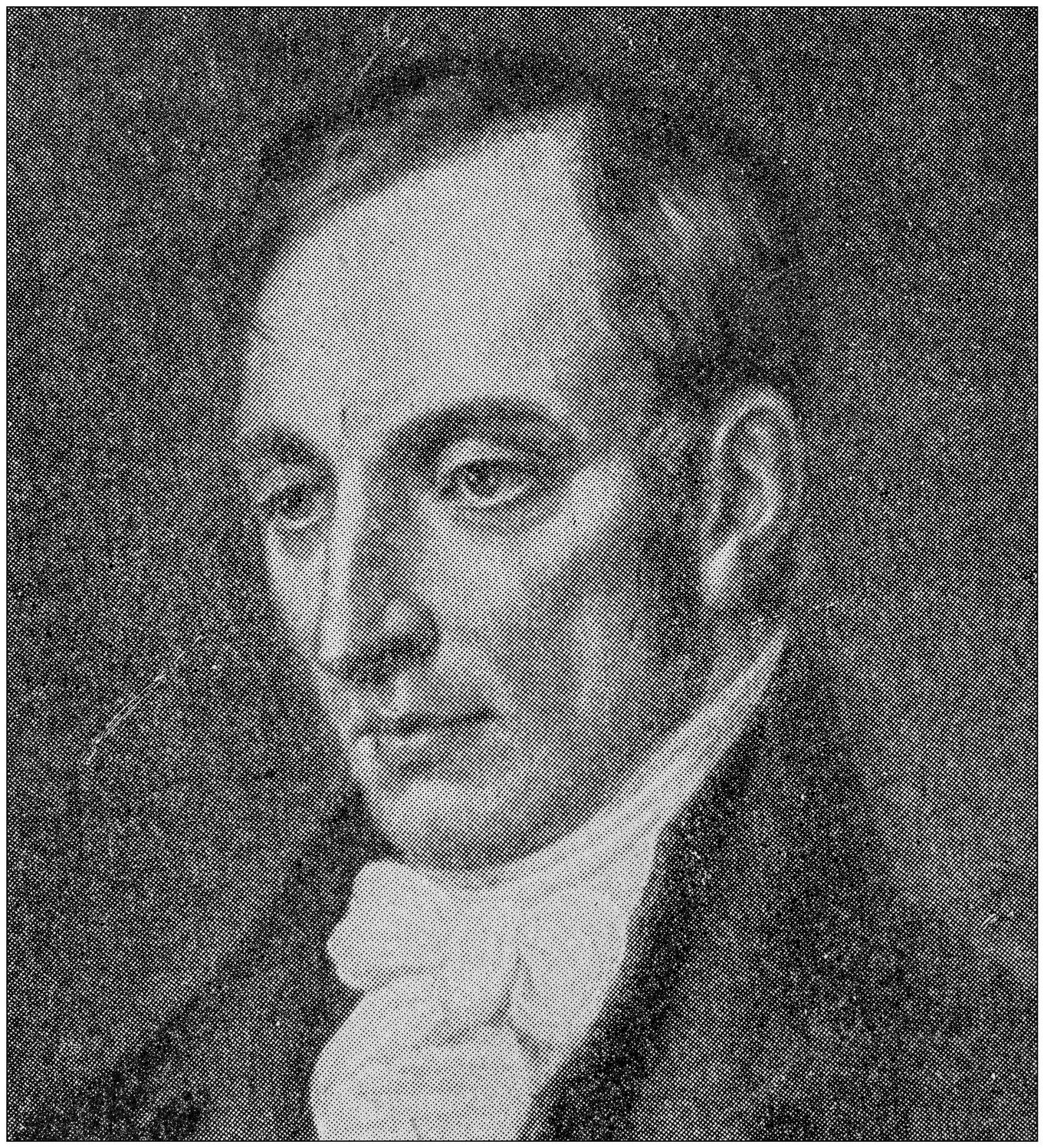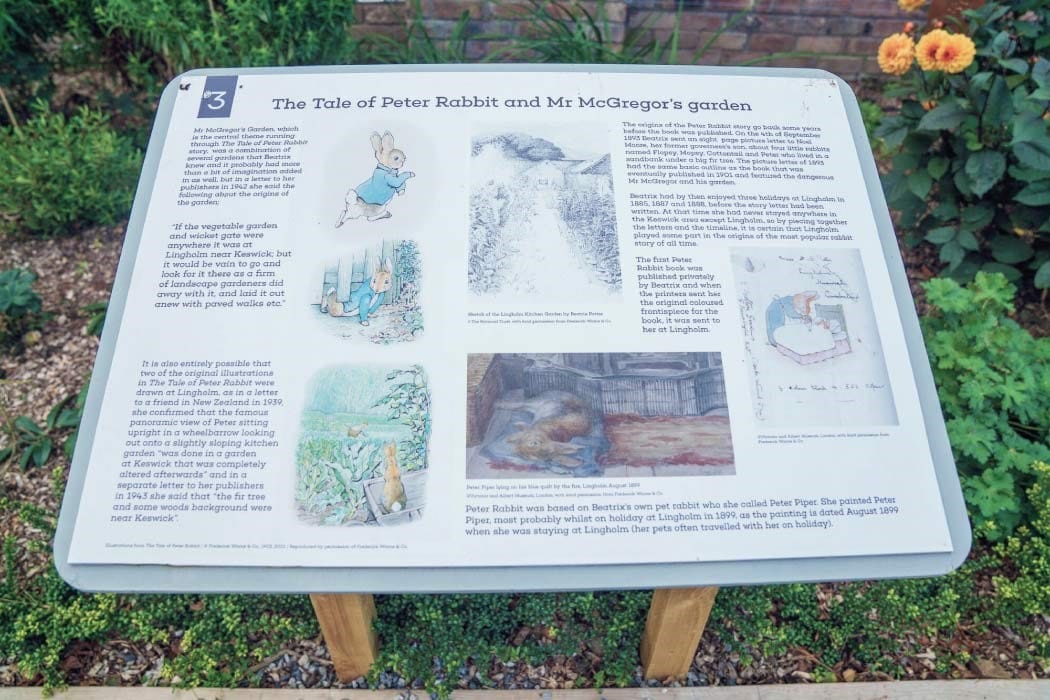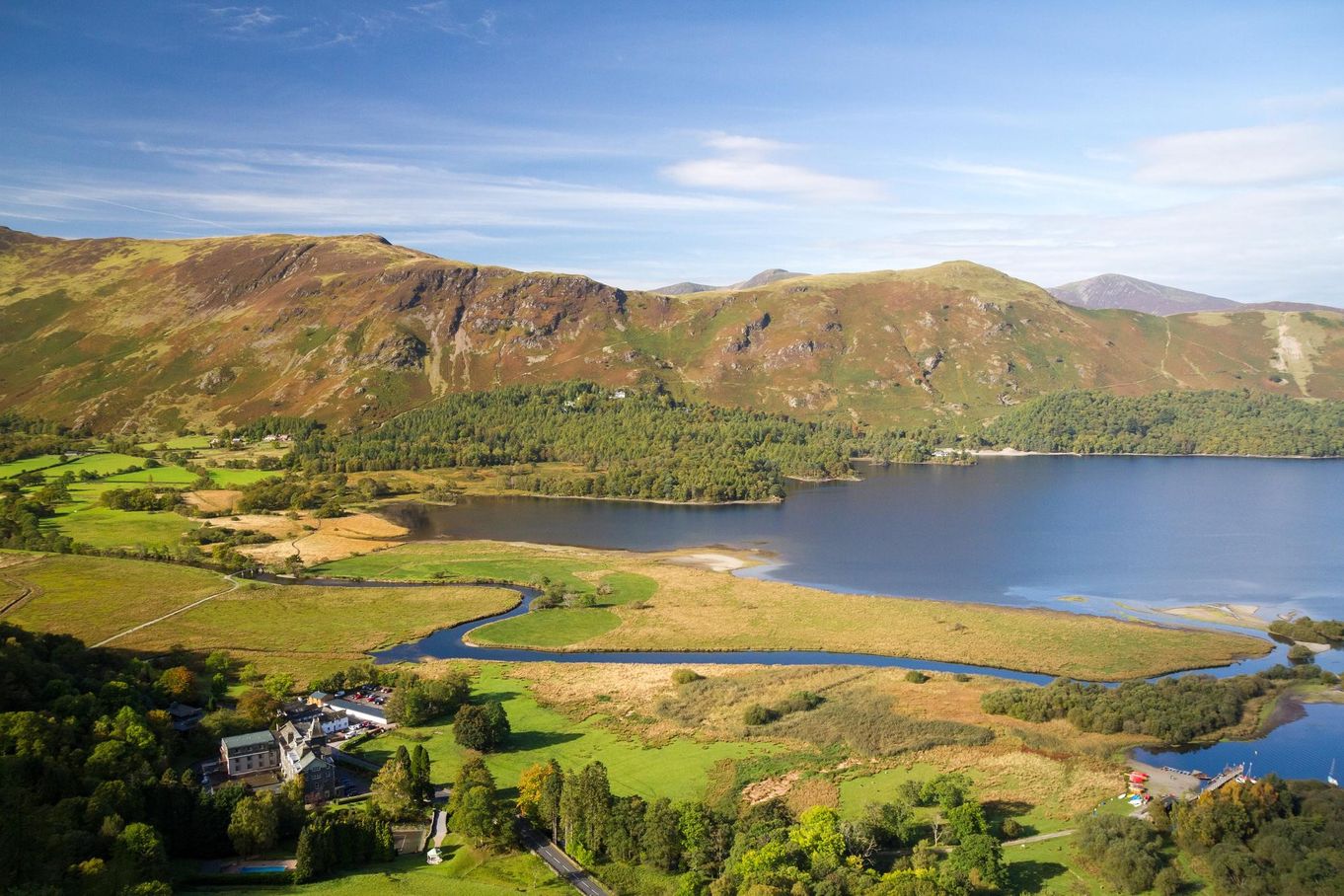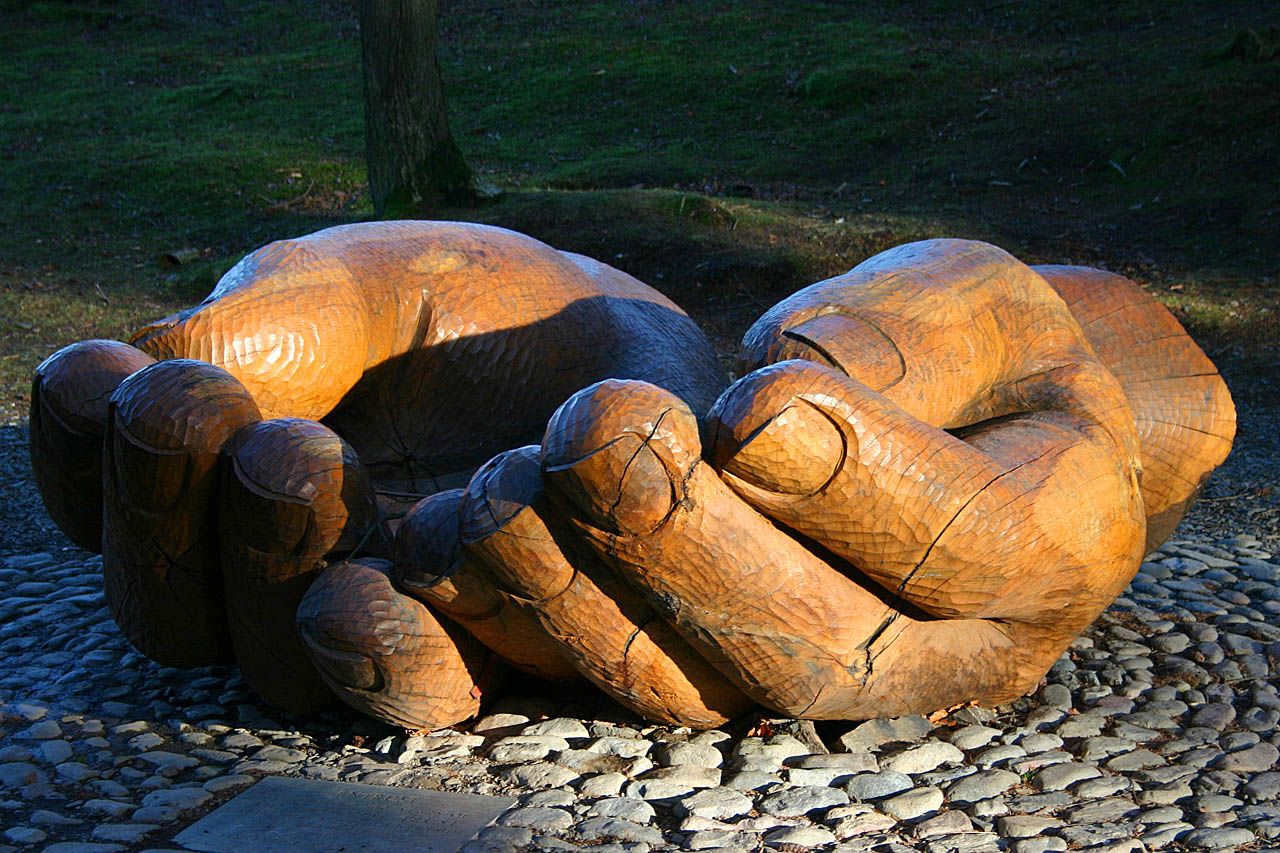How the Lake District Inspired These 7 Famous People
The Lake District is without a doubt a beautiful place to visit at all times of year, with plenty to see and do no matter the season. This fantastic natural landscape is not only recognised as a UNESCO World Heritage Site, a popular holiday destination, and brilliant place to live and work, but it has also provided inspiration for some great literary and social figures throughout the years.
Friday 8th February 2019 marks the 200th anniversary of John Ruskin’s birth and Ruskin was famously inspired by the Lakes, even from a young age. This landmark anniversary has inspired this week’s blog, so we’re going to take a look at just some of the notable people who have been inspired by the Lake District over the years, starting with John Ruskin.
John Ruskin
John Ruskin was born in London in 1819 and became known as one of the Victorian greats, as an art critic, painter, poet, social commentator, conservationist, and campaigner for social justice. Ruskin first visited the Lake District when he was five years old and described the view of Derwentwater from Friar’s Crag as his first memory; his first published poem was “Lines written at the Lakes in Cumberland: Derwentwater” in 1829.
Ruskin’s love of the Lake District heavily influenced him throughout his life, and his writings emphasising the connection between nature and society would go on to have a significant impact on British society. His essay Unto This Last had a significant impact on Mahatma Gandhi’s philosophy; his political essays also inspired William Beverage and Clement Attlee to create the welfare state in the UK; and his writings on the conservation of nature would later inspire Canon Rawnsley to found the National Trust.
Ruskin lived at Brantwood, on the shores of Coniston Water, from 1871 until the time of his death in 1900. Today, Brantwood is open to the public, and visitors can explore a museum dedicated to the life and work of John Ruskin as well as the beautiful grounds surrounding Brantwood.
William Wordsworth
William Wordsworthwas a poet of Romantic Movement during the 18th century and was born in Cockermouth, on the edge of the Lake District, in 1770. You can visit his childhood home Wordsworth House and Garden inCockermouth. Wordsworth attended Hawkshead Grammar School between the ages of 9 and 17, where he was encouraged by his headmaster to read and write poetry, before attending St John’s College, Cambridge.
In 1795, Wordsworth and his sister Dorothy stayed in a cottage in Dorset, where they met Samuel Taylor Coleridge and Robert Southey; Wordsworth, Coleridge and Southey would later become known as “The Lake Poets”. Wordsworth and Coleridge toured the Lake District together, which inspired both poets to move there. In later years, Wordsworth and his family often stayed at Greta Hall with Coleridge and Southey.
Wordsworth returned to the Lake District in 1799 with his sister, Dorothy, and moved into Dove Cottage, and later Allan Bank, at Grasmere. It was in Grasmere that Wordsworth found inspiration for his famous poem “I Wandered Lonely As A Cloud”.
Most of Wordsworth’s poetry is inspired by the relationship between humans and nature, which isn’t surprising, given that the stunning scenery and landscape of the Lake District played a large role throughout his life.
Samuel Taylor Coleridge
Samuel Taylor Coleridge was born in 1772 in Devon, but would become known as one of the Lake Poets along with his close friends William Wordsworth and Robert Southey. Coleridge attended Jesus College, Cambridge, which is where he met and befriended Robert Southey. Coleridge was already an established poet, having published The Rime Of The Ancient Mariner, and Kubla Khan, by the time he met William Wordsworth in 1795, and together they composed the “Lyrical Ballads”.
Coleridge followed Wordsworth to the Lake District, where he lived with Wordsworth in Grasmere for a while before moving to Greta Hall, Keswick. Coleridge became addicted to Kendal Black Drop, an opiate, during his time in the Lakes, which had a hugely detrimental effect on his health and affected him throughout the rest of his life.
Coleridge left the Lake District in 1804 and never returned. Coleridge and Wordsworth are largely credited with influencing the Romantic art movement of the early 19th century, although Coleridge took more inspiration from the “Gothic elements” of the Lakes, in comparison to seeing the Lakes as a place of peace and tranquility, as Wordsworth did.
Robert Southey
Robert Southey was born in 1774, and was inspired by works by Shakespeare and Milton at an early age. Southey attended Oxford University in 1793, but dropped out after two terms. Around this time, Southey met and became friends with Samuel Taylor Coleridge, and the pair published a play called The Fall of Robespierre in 1794.
In 1795, Southey married Edith Fricker, whose sister Sara married Coleridge. They moved to Greta Hall in Keswick, along with the Coleridge family, and when Samuel Coleridge left his family in 1804, Southey acted as a foster father to Coleridge’s children.
Southey became a prolific writer, making a name for himself in the literary world after publishing letters, plays, poems, essays, and biographies. He served as poet laureate from 1813 until his death in 1843, when William Wordsworth took the post. Although Southey is the less well-known of the three “Lake Poets”, his most famous work is a very popular tale known as Goldilocks and the Three Bears. Southey first published this children’s classic anonymously, as "The Story of the Three Bears", in 1837.
The Lake District was a place of retreat for Southey; he first visited Keswick in 1803, after suffering the bereavements of both his mother and his first child, to visit his friend Coleridge at Greta Hall, and never left. Southey remained at Greta Hall until his death in 1843, and was buried at Crosthwaite Church, Keswick.
Beatrix Potter
Beatrix Potter, who was born in London in 1886, is known all over the world for her children’s stories about beloved characters like Peter Rabbit, Squirrel Nutkin, Tom Kitten, and many more. Many of these characters and tales are inspired by the Lake District, which Beatrix first visited at the age of sixteen when her family stayed at Wray Castle. During her holidays in the Lake District, Beatrix would send letters to young relatives back at home with illustrations of the local wildlife. Beatrix self-published her first novel, The Tale of Peter Rabbit, in 1901 to family and friends, and her success caught the attention of the publishers Frederick Warne & Co., who offered to publish the book. It was officially published in 1902, and was an instant bestseller.
Beatrix’s love of animals and nature made her well suited to the Lake District. In 1905, Beatrix used some of her income from the publication of her books to buy Hill Top Farm in Near Sawrey, near Windermere, which is still open to visitors today and has been left exactly as it would have been when Beatrix was there. Beatrix purchased numerous farms and land around the Lake District, and became committed to the conservation of this beautiful area. Beatrix was also interested in the breeding and conservation of Herdwick sheep, which are fell sheep indigenous to the Lake District, and to preserving the practice of fell farming.
No stranger to Keswick, Beatrix often holidayed at Lingholm Estate, and you can visit the gallery in the walled kitchen garden which is dedicated to her work. Much of the work displayed in this outdoor gallery was completed when she stayed at Lingholm. Skelgill Farm, which sits at the foot of Catbells, inspired Potter’s Gemima Puddleduck story, Mrs Tiggywinkle lived on the Newlands side of Catbells and, perhaps the most famous of them all, Peter Rabbit was inspired by her visit to Fawe Park on Derwentwater.
Beatrix was committed to restoring and preserving farms, land and livestock in the Lake District, and at the time of her death in 1943, she bequeathed 4,000 acres of land, sixteen farms, cottages, herds of cattle and flocks of Herdwick sheep to the National Trust. Her dedication to conserving the Lake District is continued by the National Trust today.
Arthur Ransome
Arthur Ransome is well known for writing the beloved children’s adventure novel Swallows and Amazons, but throughout his life he was also a journalist, autobiographer, and spy. Ransome was born in Leeds in 1884, but went to school in Windermere as a child and learned to sail on Coniston. He worked as a journalist as foreign correspondent during the First World War, and also covered the Russian Revolution. During this time, he was recruited as a spy for MI5, providing information on the Bolsheviks.
After returning to the UK in 1925, Ransome settled in the Lake District with his wife Evgenia. It was during this time that Ransome wrote Swallows and Amazons, the first in a series of children’s novels, which was greatly inspired by Coniston and surrounding areas of the Lake District.
Most of the locations in Swallows and Amazons can be identified as real places in the Lakes; Wild Cat Island could be Peel Island on Coniston Water; Cormorant Island might be Silver Holme island on Windermere, the town of Rio is probably Bowness-on-Windermere, and The Peak of Darien is probably inspired by Friar’s Crag overlooking Derwentwater.
Canon Hardwicke Rawnsley
Hardwicke Drummond Rawnsley was born in 1851 in Oxfordshire, and would later become heavily involved in the conservation of the Lake District, and one of the founders of the National Trust. The wooden hands sculpture that you can find on the shores of Derwentwater commemorates the centenary of the National Trust’s first ever land purchase in the Lake District, 108 acres of the Brandlehow estate.
After studying at Oxford University, Rawnsley was ordained as a priest, and became the Vicar of Wray, Windermere, in 1878. This move to the Lake District had a significant impact on Rawnsley, and he would go on to dedicate most of his life to the conservation of nature and areas of natural beauty within the Lakes.
Whilst living at Wray, Rawnsley became involved in a number of campaigns to protect the local countryside, such as successfully preventing the construction of a railway to carry slate from the mine at Buttermere through the unspoilt valleys of Ennerdale and Newlands. Rawnsley also met Beatrix Potter during his time at Wray, when she first visited the Lake District at the age of sixteen, where he explained the importance of conservation work to her. Beatrix Potter would go on to leave almost her entire estate to the National Trust after her death.
Rawnsley moved to Keswick in 1883, where he became Vicar of Crosthwaite and had a large part in founding Keswick School. Rawnsley had met John Ruskin during his time at Oxford University, and was inspired by Ruskin’s ideas about the link between nature and society. Rawnsley saw the need for an organisation which could purchase property and land, which were of either historic value or areas of natural beauty, to preserve them for future generations: this led to the foundation of the National Trust in 1895, with Rawnsley, Octavia Hill and Sir Robert Hunter as co-founders. Rawnsley’s love of the Lake District and appreciation for its natural beauty, as well his awareness of how being able to get out and enjoy nature was good for people, has significantly contributed to our ability be able to visit and enjoy all areas of the Lake District for generations to come.
For more information on Keswick, including its history, the best ways to get around, and things to do and see, take a look around our website.

